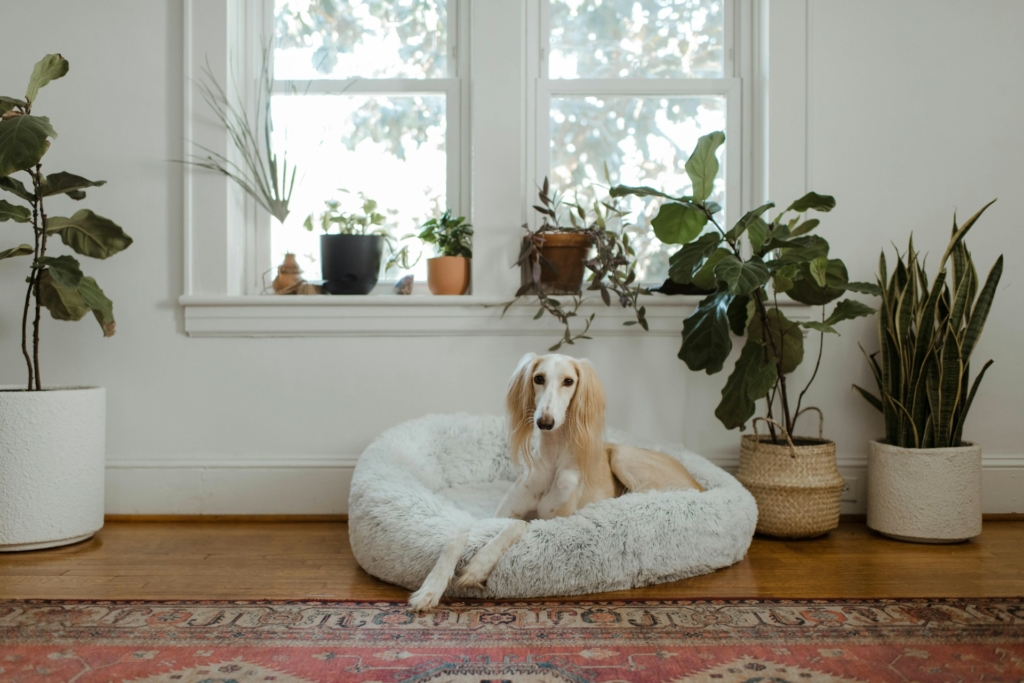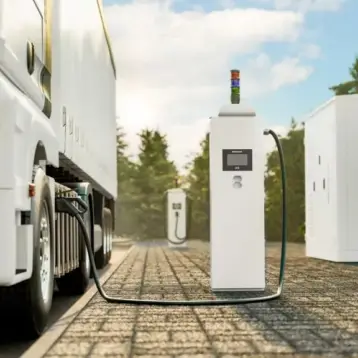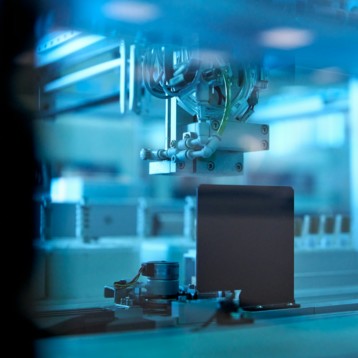
Your venture into integrating smart home solutions into your canine companion’s life can be both a technical challenge and a personal journey. The objective is clear: leverage advanced smart home technologies to optimize the health, safety, and happiness of your dog, all while streamlining your responsibilities as a pet owner. Here’s a breakdown of how cutting-edge tech has transformed our day-to-day, from the perspective of someone who appreciates the intricacies of each technological solution.
The beauty of this technological integration lies in its ability to be tailored to the unique needs of different dog breeds and types. Recognizing that a one-size-fits-all approach does not apply to canine care, the systems implemented can be customized based on breed-specific characteristics and needs. For example, temperature control settings can be adjusted for breeds with thicker fur to prevent overheating, while feeding schedules can be fine-tuned for breeds prone to obesity. This level of customization enhances the effectiveness of each solution, ensuring that each dog receives the most appropriate care.
Precision Nutrition: The Mechanics of Automated Feeders
The cornerstone of this integration was setting up an IoT (Internet of Things) enabled feeding system. Utilizing a combination of weight sensors and programmable timers, the system dispenses food at predetermined intervals, ensuring my dog receives a balanced diet tailored to his nutritional needs. The device connects to a cloud-based platform, allowing for real-time adjustments and monitoring through a mobile application. This setup not only guarantees timely meals but also collects data on feeding patterns, offering insights into his dietary habits.
Environmental Control: Smart Thermostats and HVAC Integration
To address the comfort aspect, I implemented a smart thermostat system integrated with the home’s HVAC (Heating, Ventilation, and Air Conditioning) system, designed to maintain optimal environmental conditions. Utilizing algorithms that learn from my dog’s activity patterns, the system adjusts the temperature dynamically, ensuring his comfort regardless of external weather conditions. This is particularly crucial for breeds sensitive to temperature extremes. The system’s API (Application Programming Interface) allows for granular control via third-party applications, enabling me to fine-tune settings based on predictive analytics.
Cognitive Engagement: The Role of AI in Smart Toys
On the entertainment front, AI-powered smart toys have introduced a new level of interactive play. These devices use machine learning algorithms to adapt to my dog’s play style, becoming more challenging over time to keep him engaged and mentally stimulated. The toys connect to the home network, allowing me to initiate or schedule play sessions through voice commands or mobile applications. This not only keeps him active in my absence but also provides valuable data on his activity levels and preferences, contributing to a comprehensive pet care ecosystem.

Surveillance and Safety: The Integration of Smart Cameras and Security Systems
Implementing a network of smart cameras and security sensors has been pivotal in ensuring my dog’s safety. These devices, equipped with motion detection algorithms and night vision capabilities, offer 24/7 monitoring, sending alerts to my smartphone upon detecting unusual activity. Advanced models incorporate recognition software, distinguishing between my dog’s movements and potential intruders, reducing false alarms. This system is augmented with door/window sensors connected to the home automation network, creating a secure and responsive environment. Some even supplement that with a shock dog collar that can be carefully tracked to make sure they stay within property boundaries.
Routine Automation: Leveraging Smart Lighting and Voice Command Systems
To reinforce a consistent daily routine, I’ve utilized a smart lighting system synced with natural light patterns, supporting my dog’s circadian rhythm. Programmable scenes simulate sunrise and sunset, gradually adjusting the lighting to prevent disruptive sleep patterns. Voice assistants integrated into the network provide an additional layer of interaction, enabling me to issue commands for routines such as feeding or playtime, even when away from home. These assistants use natural language processing to understand and execute commands, offering a seamless way to maintain consistency in my dog’s routine.
Conclusion
This journey into smart home integration for canine care has not just been about applying technology for convenience’s sake but about creating a living environment that responds to and anticipates the needs of my dog. Each component, from automated feeders to AI-driven toys and sophisticated monitoring systems, plays a crucial role in a holistic approach to pet care. It’s a testament to how far we’ve come in home automation and IoT applications, showcasing the potential to significantly improve the quality of life for our pets through technological innovation. As these technologies evolve, the possibilities for enhancing pet care and owner convenience will undoubtedly expand, reinforcing the bond between humans and their canine companions in new and exciting ways.










